25 ++ allocate fortran 77 297816-Allocate fortran 77
Most commonly used versions today are Fortran 77, Fortran 90, and Fortran 95 Fortran 77 added strings as a distinct type Fortran 90 added various sorts of threading, and direct array processing Fortran Environment Setup Setting up Fortran in Windows G95 is the GNU Fortran multiarchitechtural compiler, used for setting up Fortran inFormerly FORTRAN, derived from Formula Translation) is a generalpurpose, compiled imperative programming language that is especially suited to numeric computation and scientific computing Originally developed by IBM in the 1950s for scientific and engineering applications, FORTRAN came to subsequently dominate scientific computingDouble precision real numbers have been part of the Fortran programming language since the FORTRAN 77 standard was published in 1978 That includes every International Standard for Fortran since FORTRAN 77, including the current Fortran 08 stand
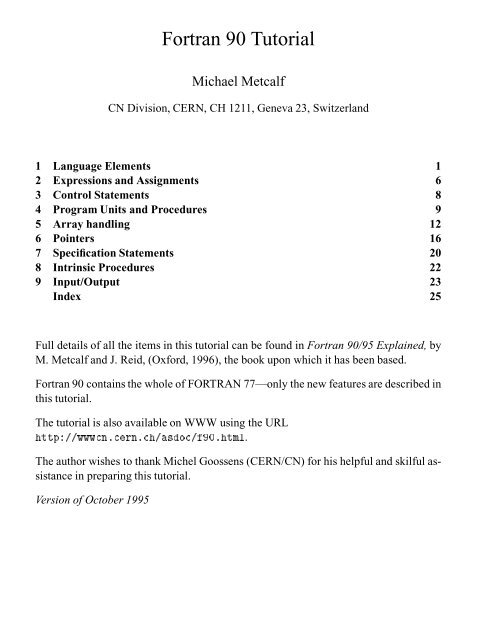
Fortran 90 Tutorial Grdelin
Allocate fortran 77
Allocate fortran 77- I have a simple program in fortran 77 that I want to pass dynamic array size between the program and the subroutine I think allocate and size doesn't work with fortran 77 but I am not sure Any help will be appreciated s (1) s Intel® Fortran Compiler 0FORTRAN 90 FORTRAN 77 faced competition from languages such as C, which allowed programmers to allocate memory dynamically and to define heterogeneous data structures FORTRAN 77 could do neither of these things The next version of FORTRAN to emerge from the ANSI X3J3 committee was designed to address these deficiencies It was tentatively
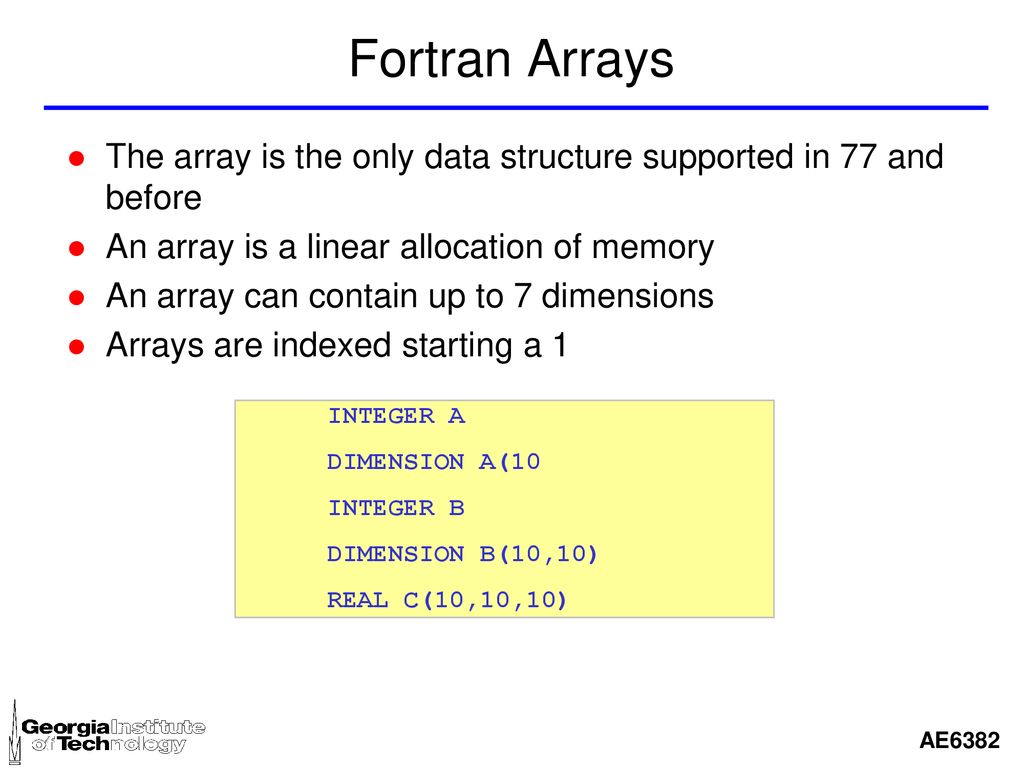



History Of Computing Fortran Ppt Download
Two dimensional allocatable array real, dimension (,), allocatable bar This declares the variable but does not allocate any space for it !Fortran 90 Dynamic Memory The size of arrays can now be specified at run time Here's how a typical Fortran 77 program would manage an array whose size could vary at run time integer inmax parameter (inmax=100) real*8 array (inmax) !* Fortran 66 * Fortran 77 * Fortran 90 (95) The most common Fortran version today is still Fortran 77, although Fortran 90 is growing in popularity Fortran 95 is a revised version of Fortran 90 which is expected to be approved by ANSI soon (1996) There are also several versions of Fortran aimed at parallel computers
9185 MALLOC — Allocate dynamic memory Description MALLOC(SIZE) allocates SIZE bytes of dynamic memory and returns the address of the allocated memory The MALLOC intrinsic is an extension intended to be used with Cray pointers, and is provided in GNU Fortran to allow the user to compile legacy code For new code using Fortran 95 pointers, the memory allocation intrinsic is ALLOCATEIf an array size depends on the input of your program, its memory should be allocated at runtime memory allocation becomes dynamic;We can specify the bounds as usual allocate (foo (35)) !
Because of the declaration, the intrinsic function LEN(S) will return a length of 1You cannot declare a size of less than 1, so this is the smallest length string variable you can getThe FORTRAN 77 Standard prohibits opening a named file as scratch if OPEN has a FILE=name option, then it cannot have a STATUS='SCRATCH' option This FORTRAN extends the standard by allowing opening named files as scratch @ Such files areFundamental to Fortran than to C (and even more so to f90 than they were to f77) If REALLOCATE is defined in Fortran, it will certainly need to apply to multidimensional arrays Thus, a question arises as to what happens if you have, say a 2x2 array A, which looks like a11 a12 a21 a22 and reallocate it as a 3x3



Http People Sc Fsu Edu Jpeterson Lecture13 Pdf




Cs461 Programming Languages
That is, the name of a datum or function determines its data type, explicitly or implicitly, according to the following rules of data typing;Fortran Dynamic Arrays A dynamic array is an array, the size of which is not known at compile time, but will be known at execution time Dynamic arrays are declared with the attribute allocatable The rank of the array, ie, the dimensions has to be mentioned however, to allocate memory to such an array, you use the allocate functionOther miscellaneous functions include bitwise functions, environmental inquiry functions, and memory allocation and deallocation functions Bit Manipulation @ None of these functions are part of the FORTRAN 77 Standard Table 66 Bitwise Functions




7 2 Fortran 90



Fortran Advanced And Resourceful
Dynamic memory allocation So far in our examples the array dimensions have been defined at compile time memory allocation is static;Fortran (/ ˈ f ɔːr t r æ n /;In Fortran 77, local variables were typically allocated statically In Algol and its descendants (eg, Ada and C), they are typically allocated in the stack In Lisp they are typically allocated at least partially in the heap What accounts for these differences?



Http Vergil Chemistry Gatech Edu Courses Cwcs Pdf F77basics Pdf
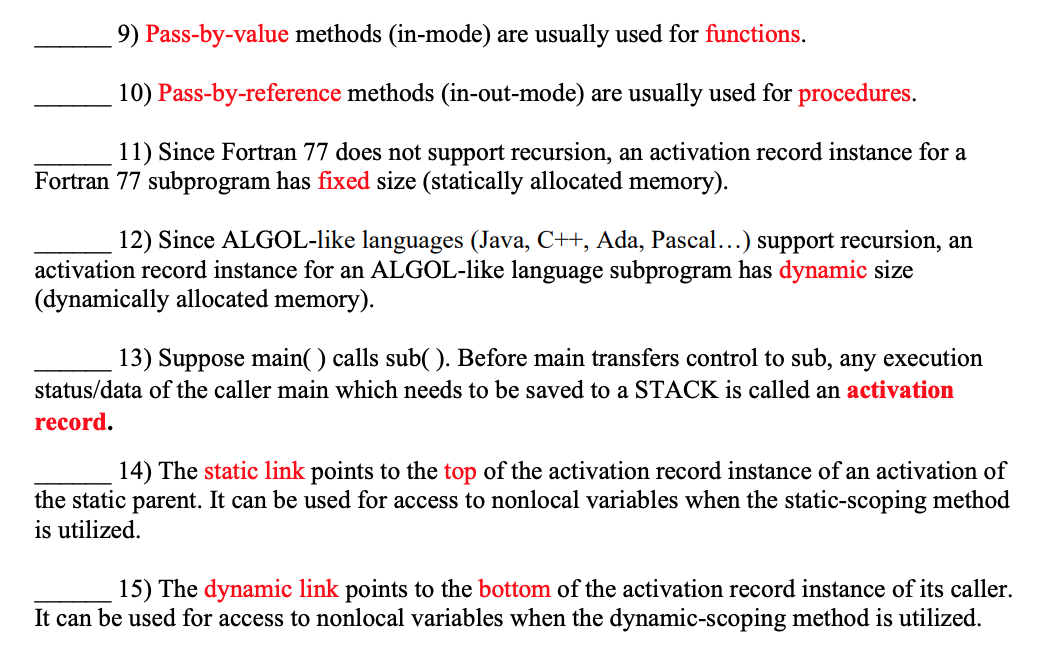



Solved 9 Pass By Value Methods In Mode Are Usually Use Chegg Com
Memory and Address by MALLOC() Function The function MALLOC() allocates an area of memory and returns the address of the start of that area The argument to the function is an integer specifying the amount of memory to be allocated, in bytes If successful, it returns a pointer to the first item of the region; People found the lack of dynamic allocation in Fortran 77 very restrictive, so they often resorted to using nonstandard language extensions If you decide to go down the path of language extensions, then these days the best extension to Fortran 77 to use in this situation is the allocatable array feature introduced with Fortran 90Dynamic Allocation of Array Space There will be times when you don't want to write a program dimensioned for the largest possible problem that you can run Recompiling with a reset of one or more PARAMETERs (eg array3cf), can be cumbersome for large programs That was your only option for standard Fortran 77




Introduction To Fortran 77 90




7 2 Fortran 90
Learning Fortran eBook (PDF) Download this eBook for free Chapters Chapter 1 Getting started with Fortran Chapter 2 Arrays Chapter 3 C interoperability Chapter 4 Data Types Chapter 5 Execution Control Chapter 6 Explicit and implicit interfacesThe Fortran 90 module implements some new features that were not available in Fortran 77 Using Fortran 90 modules Syntax of a module module module_name end module A module is a program unit and can be N ALLOCATE( newElem ) CALL random_number( newElem%value) head => InsertList(head, newElem) CALL PrintList (head) END DOFortran 77 Basics A Fortran program is just a sequence of lines of text The text has to follow a certain structure to be a valid Fortran program We start by looking at a simple example program circle real r, area c This program reads a real number r and prints c the area of a circle with radius r write (*,*) 'Give radius r' read (*,*) r




History Of Computing Fortran Ppt Download
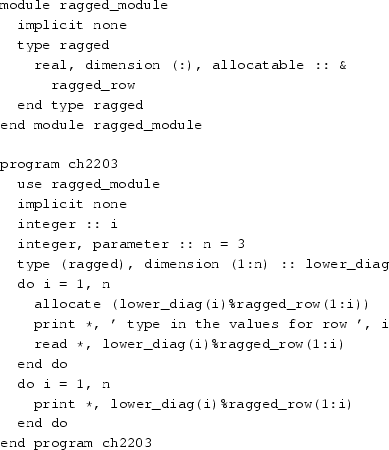



Data Structuring In Fortran Springerlink
Give an example of a program inFortran 77 does not support dynamic memory allocation But many Fortran 77 compilers support a nonstandard extension known as "Cray pointers" With these you can interact with C and use malloc or mmap Fortran 90 supports dynamic allocation in tGive an example C routine that would not work correctly if variables are allocated statically




0060 0068 Pdf Parameter Computer Programming Subroutine
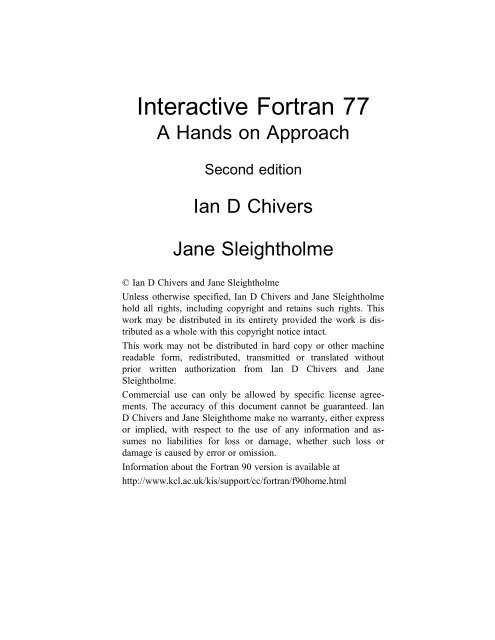



Interactive Fortran 77
FORTRAN 77 Library Interface¶ The next enumerations and functions are declared in primme_f77h type ptr¶ Fortran datatype with the same size as a pointer Use integer*4 when compiling in 32 bits and integer*8 in 64 bitsOne dimensional allocatable array integer, dimension (), allocatable foo !In Fortran 77, local variables are typically allocated statically In C, they are typically allocated on the stack What accounts for these differences?




Implementing Subprograms In Text Chapter 9 1 Outline



Docs Nvidia Com Hpc Sdk Pgi Compilers 17 9 Pdf Pgi17fortref Pdf
The Fortran binding is consistent with the C and C bindings the Fortran MPI_ALLOC_MEM call returns in baseptr the (integer valued) address of the allocated memory The base argument of MPI_FREE_MEM is a choice argument, which passes (a reference to) the variable stored atFORTRAN 77 Intrinsic Functions In the following table of intrinsic functions, the names of the arguments specify their type as indicated below Function type, the second column of the table of intrinsic functions, specifies the type of value returnedFortran 90 vs Fortran 77 •Fortran 90 was a major revision to Fortran 77 •Fortran 77 is a complete subset of Fortran 90 •F90 introduced major new features •Also introduced many useful minor features which can be gradually introduced




Application Of Fortran 90 To Ocean Model Codes



2
Many operating environments let the user allocate contiguous blocks of memory whose sizes are determined at run time Many implementations of FORTRAN 77 support an extension ("Cray pointers") that allows programs to make use of this facility Cray pointers also allow the construction of linked data structures such as lists, trees, queues, fortran allocation, unknown a priori DIMENSION I want to generalise allocation of a variable which may have different number of dimension True, the only thing I can think of that would work is that you pass the array as an assumedsize array (in the FORTRAN 77 tradition) and pass it on as either a 4 or a 5dimensional array Though IChapter 6 Intrinsic Functions This chapter tabulates and explains the set of intrinsic functions that are part of Sun FORTRAN 77 (For information about Fortran library routines, see the Fortran Library Reference) Intrinsic functions that are Sun extensions of the ANSI FORTRAN 77 standard are marked with @




Data Structuring In Fortran Springerlink




Fortran 77 Le Lt Ge Gt Ne Eq
Fortran provides two ways to allocate memory dynamically for arrays915 ALLOCATED — Status of an allocatable entity Description ALLOCATED(ARRAY) and ALLOCATED(SCALAR) check the allocation status of ARRAY and SCALAR, respectively Standard Fortran 90 and later Note, the SCALAR= keyword and allocatable scalar entities are available in Fortran 03 and later Class Inquiry function Syntax The Fortran 77 code in this case does not use the nonstandard "allocate" keyword to allocate on the heap Could anybody explain to me what variables Fortran 77 (under Ubuntu Linux x8664) allocates on the "heap, " and how this "heap" gets created in the first place?




How To Program In Fortran With Pictures Wikihow
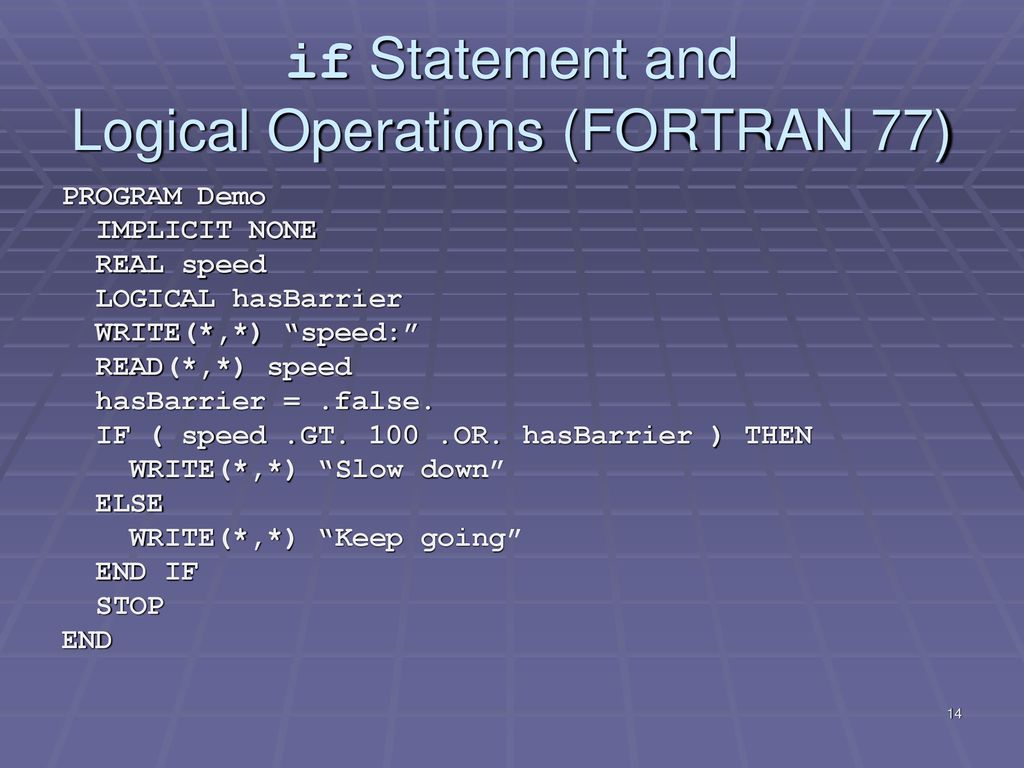



Introduction To Fortran Ppt Download
Many operating environments let the user allocate contiguous blocks of memory whose sizes are determined at run time Many implementations of FORTRAN 77 support an extension ("Cray pointers") that allows programs to make use of this facility Cray pointers also allow the construction of linked data structures such as lists, trees, queues,Description All local variables and arrays are classified static by default there is exactly one copy of each datum, and its value is retained between callsExample # Arrays can have the allocatable attribute !



Docs Oracle Com Cd E 01 802 2998 802 2998 Pdf
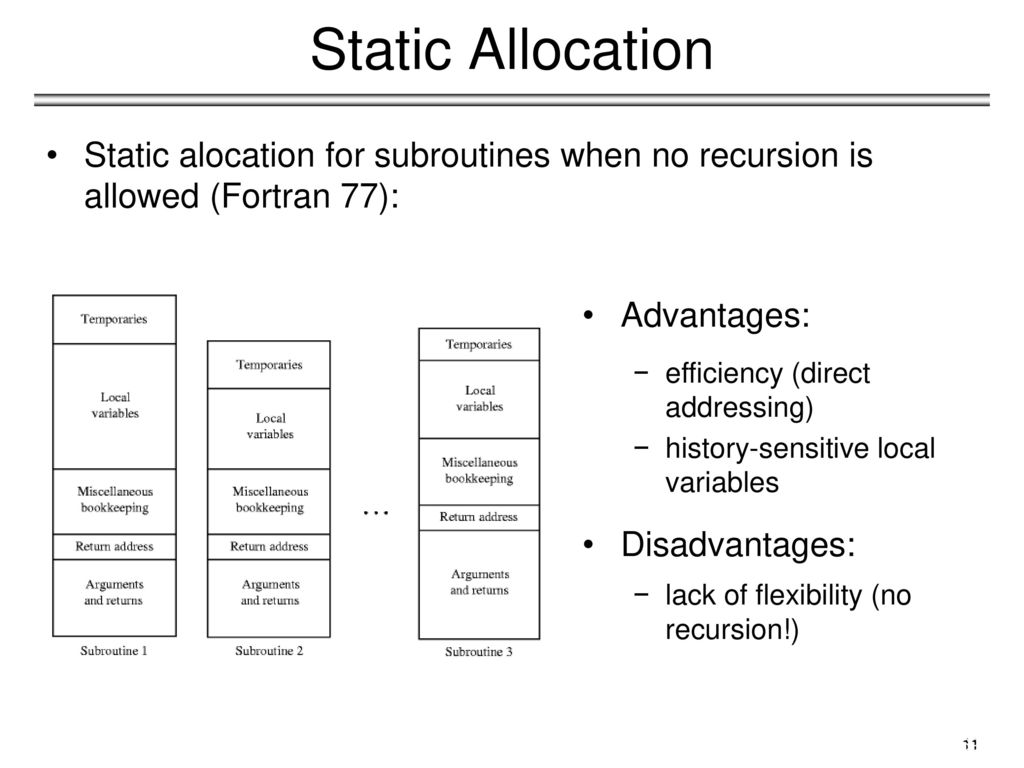



Cs 326 Programming Languages Concepts And Implementation Ppt Download
The actual subroutine refers to a Fortran 77 explicit shape array The lesson here is Interfaces to Fortran 77 style routines must only use Fortran 77 style constructs In this example, it is permitted to leave out the interface altogether since routines without interfaces are treated as Fortran77 style routines by default I am writing a parallel fortran 77 program which need dynamic memory allocation My compiler is g77 I tried several times to solve this problem such as using C function for allocating memory and transfer the pointer to FORTRAN program but all failed Is there a method to get dynamic memory in FORTRAN 77 program?Lahey/Fujitsu Fortran ALLOCATE Statement Description The ALLOCATE statement dynamically creates storage for array variables having the ALLOCATABLE or POINTER attribute If the object of an ALLOCATE statement is a pointer, execution of the ALLOCATE statement causes the pointer to become associated If the object of an ALLOCATE statement is an




Cop 40 Programming Languages Names Scopes And Bindings



Http Www Elch Chem Msu Ru Tch Group Fortranbooks Ramsden lin et al fortran 90 a conversion course for fortran 77 programmers Manchester lecture notes v3 0 1995 105s Pdf
During execution of the assignment statement, the variable S is precleared to blank, and then zero characters are moved into S, so S contains one blank; 1 Answer to In Fortran 77, local variables are typically allocated statically In Algol and its descendants (eg, Pascal and Ada), they are typically allocated in the stack In Lisp they are typically allocated at least partially in the heap What accounts for these differences?About Press Copyright Contact us Creators Advertise Developers Terms Privacy Policy & Safety How works Test new features Press Copyright Contact us Creators




Data Types Chapter Ppt Download




Fortran 90 Tutorial Grdelin
Rules for Data Typing The name determines the type;Otherwise, it returns an integer 0Fortran compiler for mac to read program compilererrors,fortran,fortran77,g77 The ACCEPT statement is not part of Fotran standard It is a nonstandard extension and therefore your program is not a FORTRAN 77 program and you cannot expect all compilers to compile it




Fortran 90 Arrays
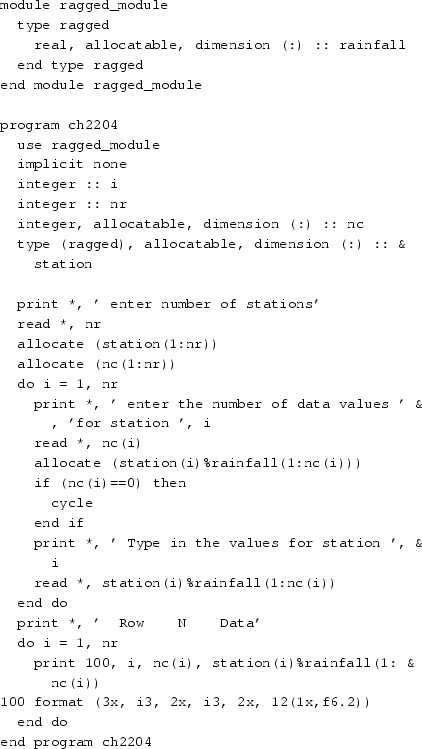



Data Structuring In Fortran Springerlink
Give an example of a program in Ada or C that would not work correctly if local



Q Tbn And9gcsbhb4gmauz61iqpgfsktmbrntimipma Fngmyqzunyx3ebvr 1 Usqp Cau




Fortran 90 Nasa Course Covers The Transition From The Programming Language Fortran 77 To The More Modern Fortran 90 Fortran 90 Is A Superset Of Fortran 77



Http Web Gps Caltech Edu Resources Computing Seismolab Current Fortran Fortranclass Pdf




Ppt Fortran 90 Powerpoint Presentation Free Download Id
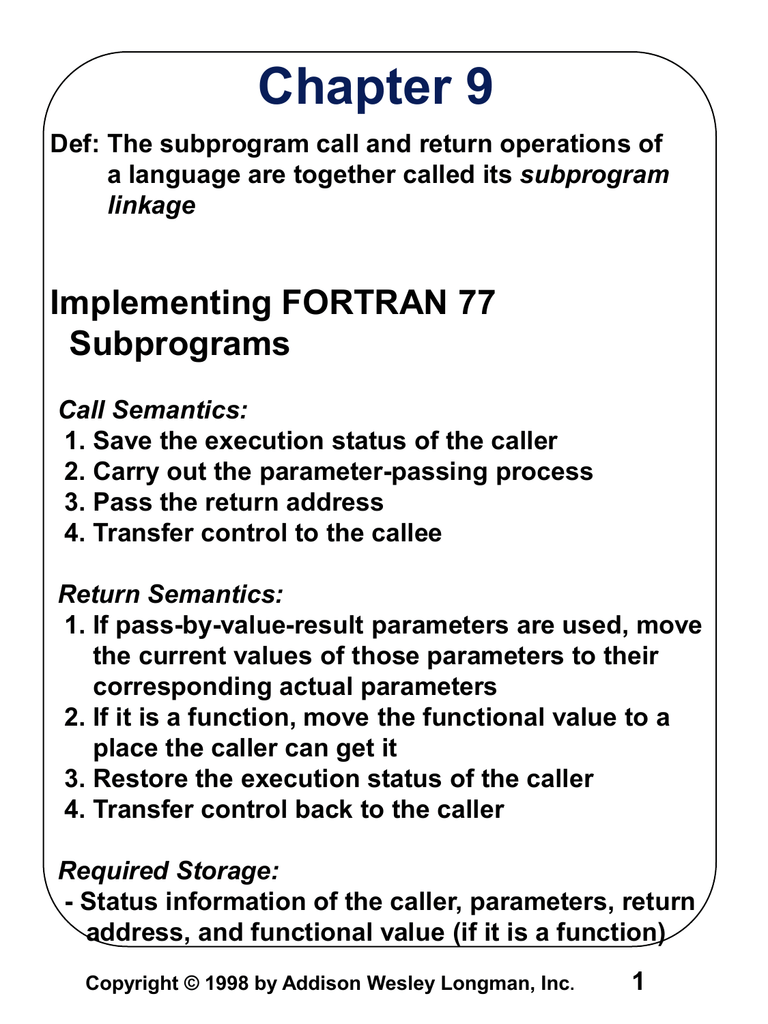



Chapter 9 Implementing Fortran 77 Subprograms




Scientific Software Development With Fortran Dr Drew A Mccormack Pdf Free Download




Fortran Programming Tutorials Revised 024 Formats Arrays Allocate Limits Of Int Youtube



2
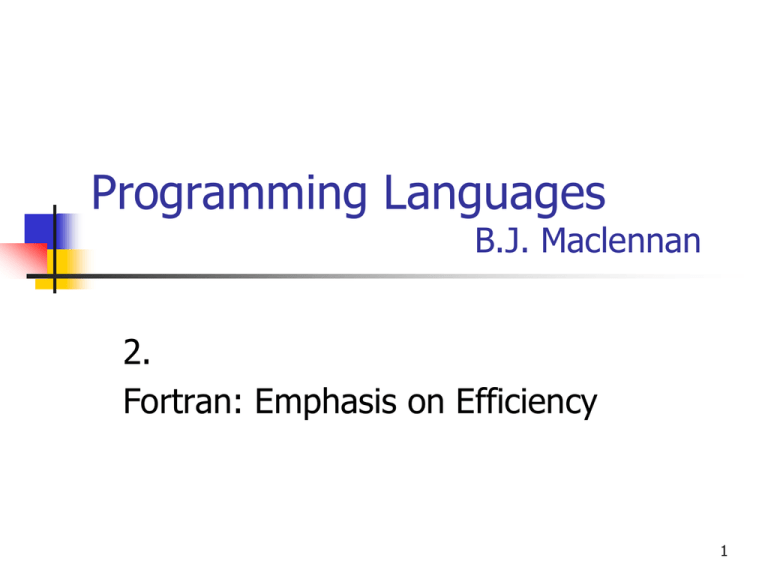



Maclennan Chap2 Fortran Ppt




Data Types Chapter 6 Cmsc 331 Some Material




Fortran Wikipedia



Modernizing Old Fortran In Fortran Wiki




Pdf Should C Replace Fortran As The Language Of Scientific Programming Semantic Scholar




The Fortran 90 Programming Language Book Chapter Iopscience




7 2 Fortran 90
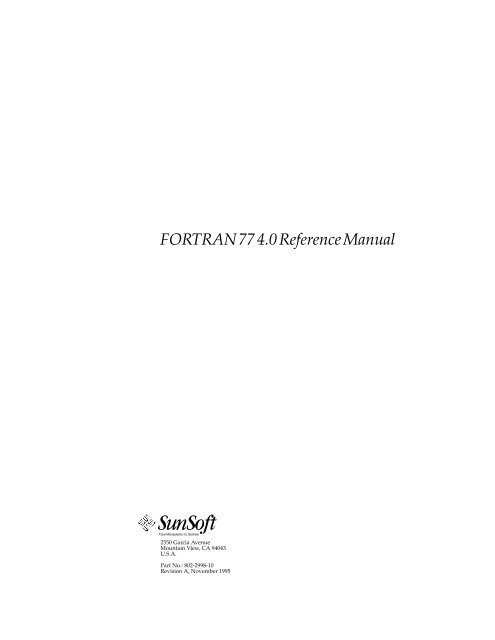



Fortran 77 4 0 Reference Manual



Paradigm Project Overview
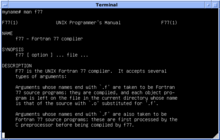



Fortran Wikipedia




Fortran 90 For Scientists And Engineers Hahn Brian Amazon Com Books
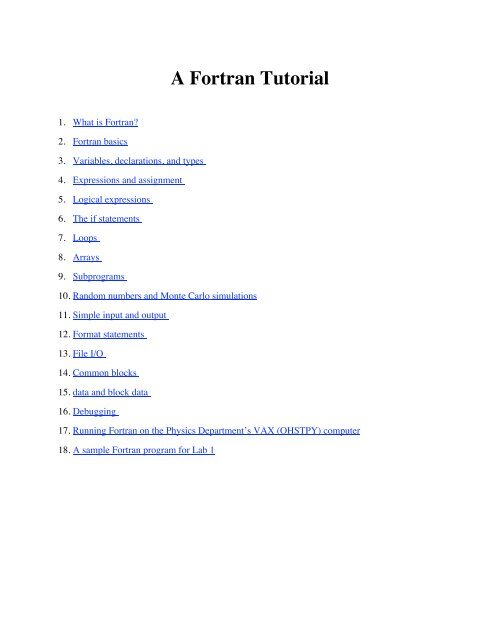



Fortran 77 Tutorial




Memory Allocation Pattem For Y Distributed 4 Block 2 Block Download Scientific Diagram




Fortran77 Open Cfd Software Not Executing Fortran Tek Tips



The Size Of The Arrray Dimension Is Too Large Error Intel Community



Http Www Fortran s Org 19 Fortranbenefitssurvey Final Pdf




The Fortran 90 Programming Language Book Chapter Iopscience
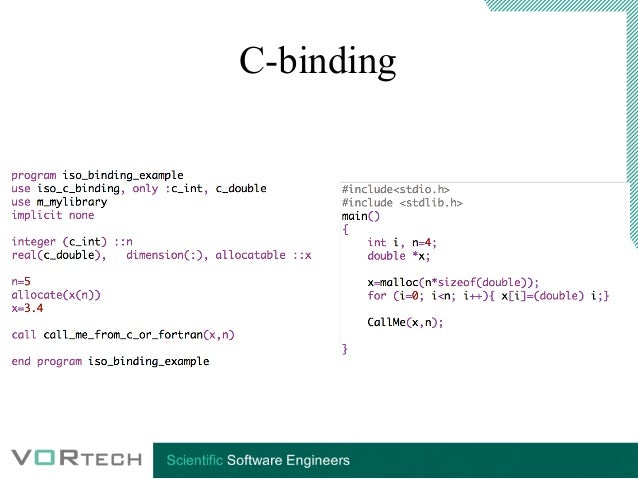



Introduction Modern Fortran Short




Fortran Quick Reference Cheat Crib Sheet Subroutine Pointer Computer Programming



Q Tbn And9gcrgwp M9wyjd54rii0 S3nn3wftqlo Rstqtuxscc5g2rkkvkwh Usqp Cau




Fortran Wikipedia




Fortran 77 Variables And Identifiers Variable Computer Science C Programming Language



Http Www Math Utk Edu Vasili Refs Fortran F90features Nrecipes Pdf




Fortran An Overview Sciencedirect Topics




Fortran Wikiwand




Solved In Fortran 77 Local Variables Are Typically Alloc Chegg Com




Fortran 77 Tutorial Nearly Identical Versions Available At Several Sites Online Pdf Free Download




No Title
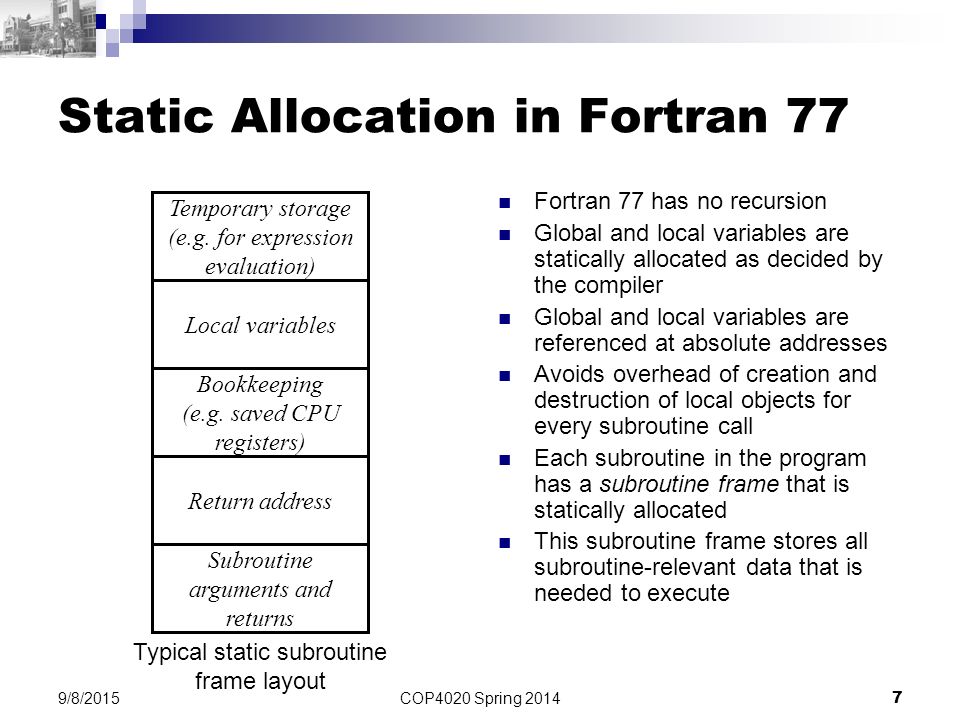



Cop40 Programming Languages Ppt Video Online Download




Ieee Standard For Information Technologya Posix Fortran 77
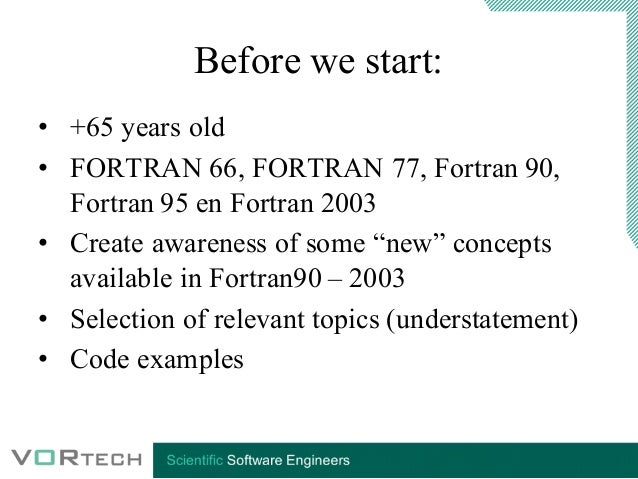



Introduction Modern Fortran Short
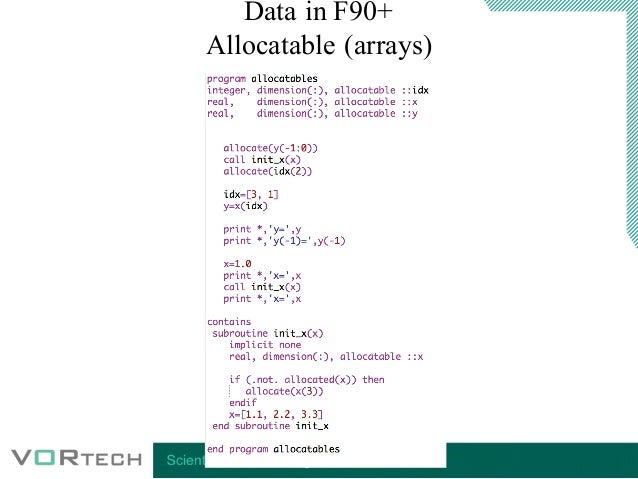



Introduction Modern Fortran Short



2




Data Types In Text Chapter 5 1 Outline




Application Of Fortran 90 To Ocean Model Codes



2



Http Www Users York Ac Uk Mijp1 Teaching 2nd Year Comp Lab Guides Advancedfortran Pdf
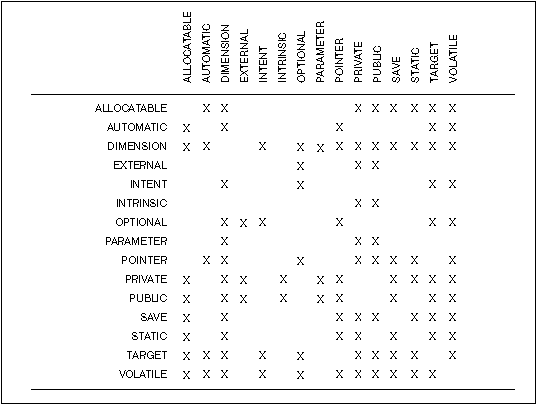



Language Reference




Paradigm Compiler Overview 2 Compiler Framework Figure 2 Shows A Download Scientific Diagram
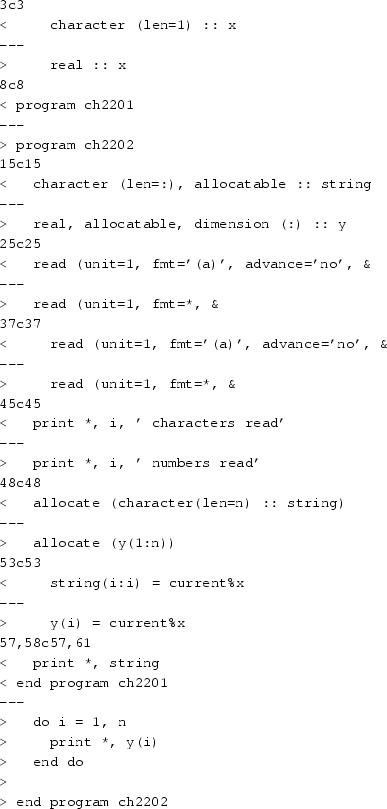



Data Structuring In Fortran Springerlink



Http Www Math Utk Edu Vasili Refs Fortran F95 77features Pdf




The Fortran 90 Programming Language Book Chapter Iopscience




Fortran



Q Tbn And9gcszs2gh8v V7ap9ip6tzkxwaaijt2 Iwxbyinuuooslshah6cyl Usqp Cau




Fortran 90 Arrays




Pdf Generic Programming In Fortran 90 Arjen Markus Academia Edu
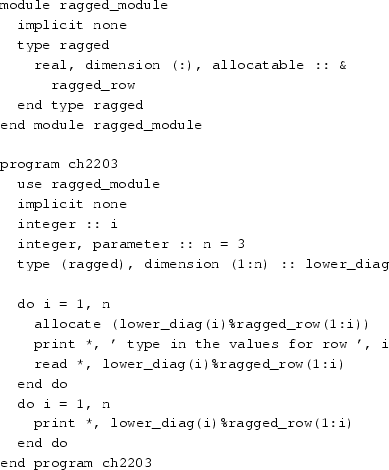



Data Structuring In Fortran Springerlink



Www Csc Fi Documents 0270 Fortran9503 Handout Pdf Cf17db59 3267 48e7 9ccd 6e29df90cbb5
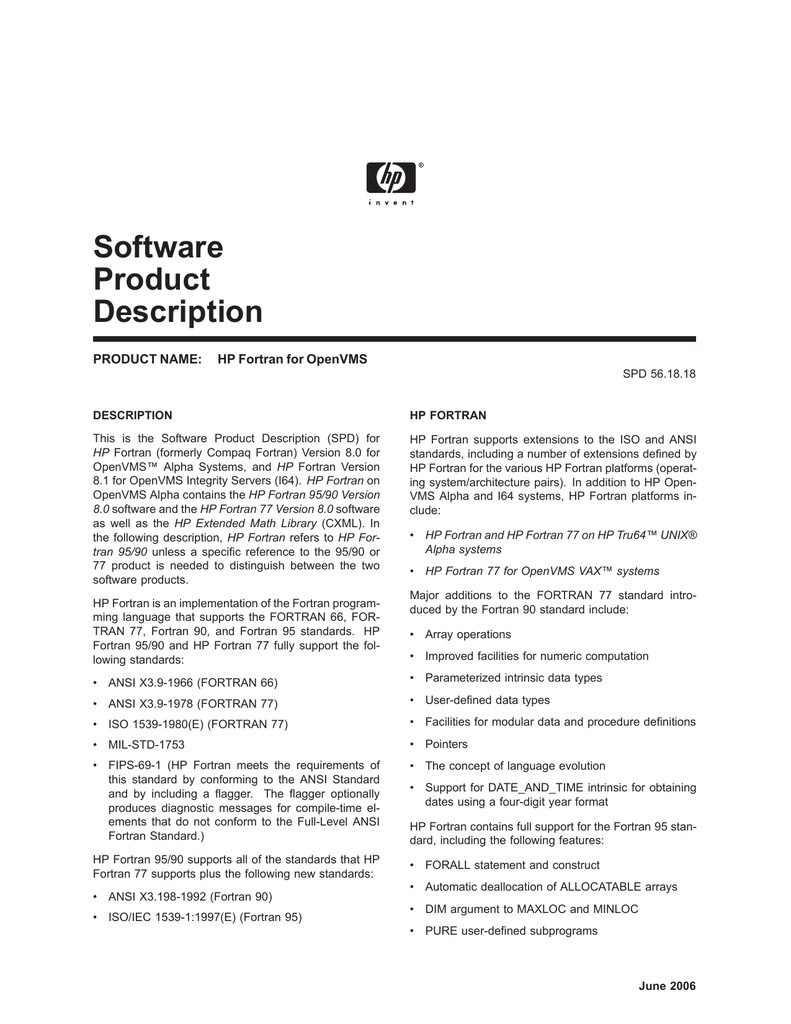



Hp Fortran For Openvms Manualzz




Fortran 90 And Computational Science Sherrill Fortran 77 Control Structures Numeric Processing
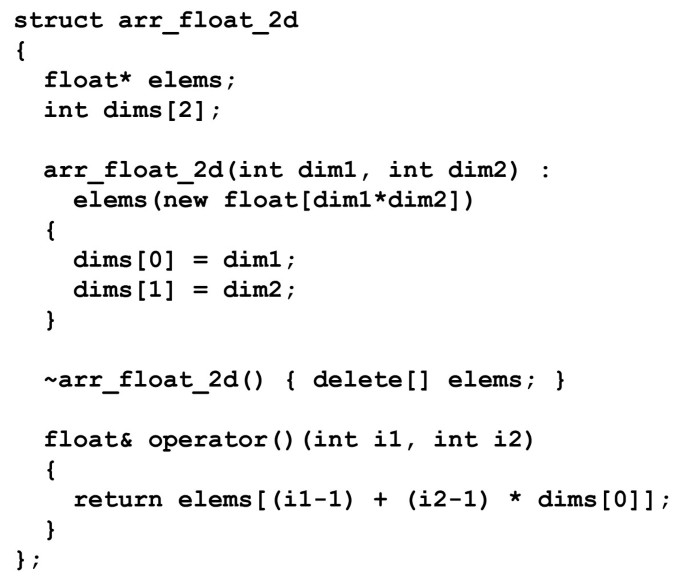



Automatic Fortran To C Conversion With Fable Source Code For Biology And Medicine Full Text



Http Homepages Ulb Ac Be Gmelard Si Cs09ch1 Pdf
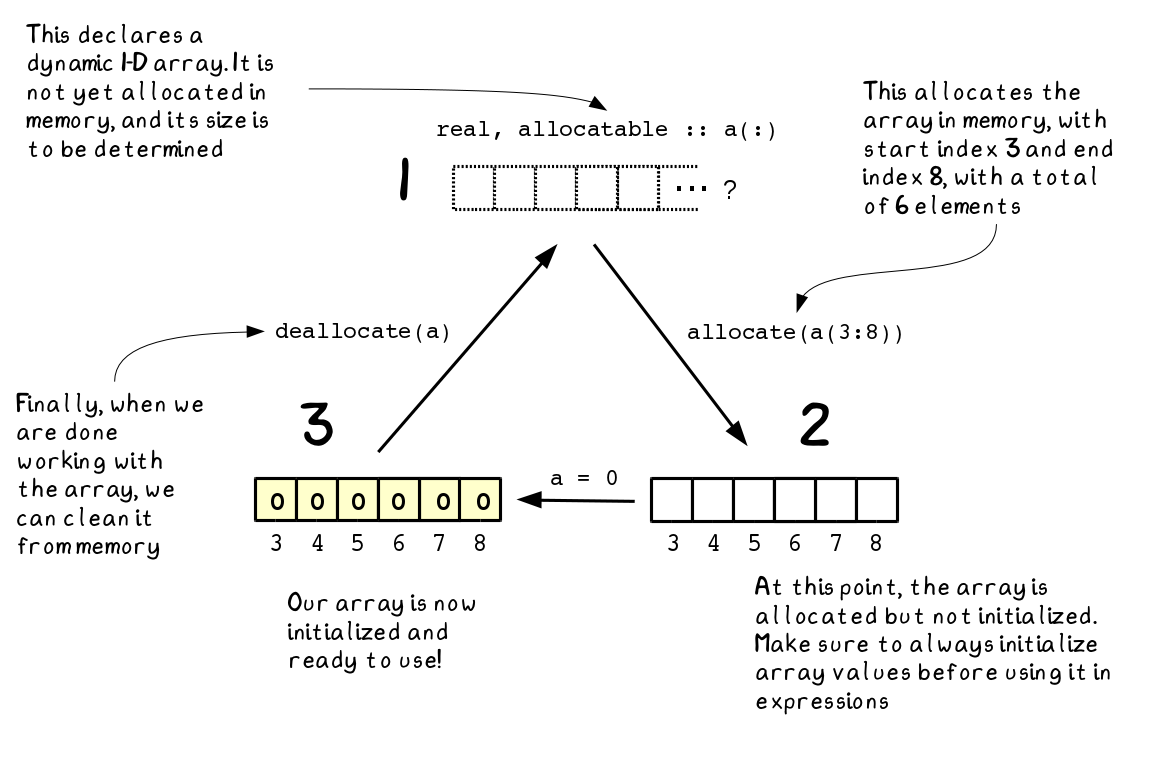



Analyzing Stock Price Time Series With Modern Fortran Part 2 By Milan Curcic Modern Fortran Medium



Www It Uu Se Edu Course Homepage Hpb Vt05 Fortran1 Pdf
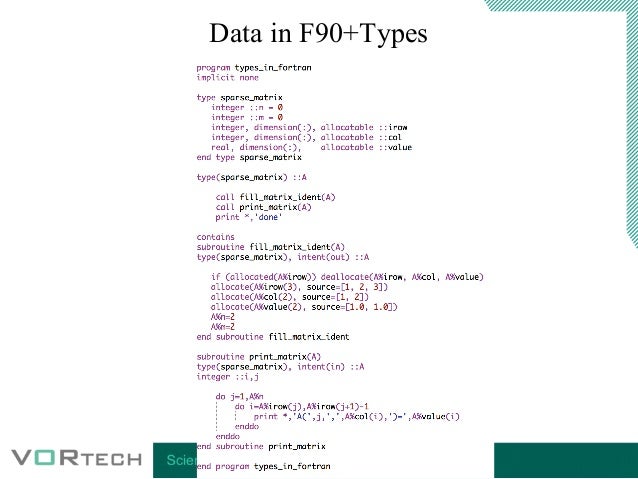



Introduction Modern Fortran Short



Http Www Orengonline Com Arquivos Comparacef90 Pdf




Fortran 90 Performance Problems Acm Sigplan Fortran Forum
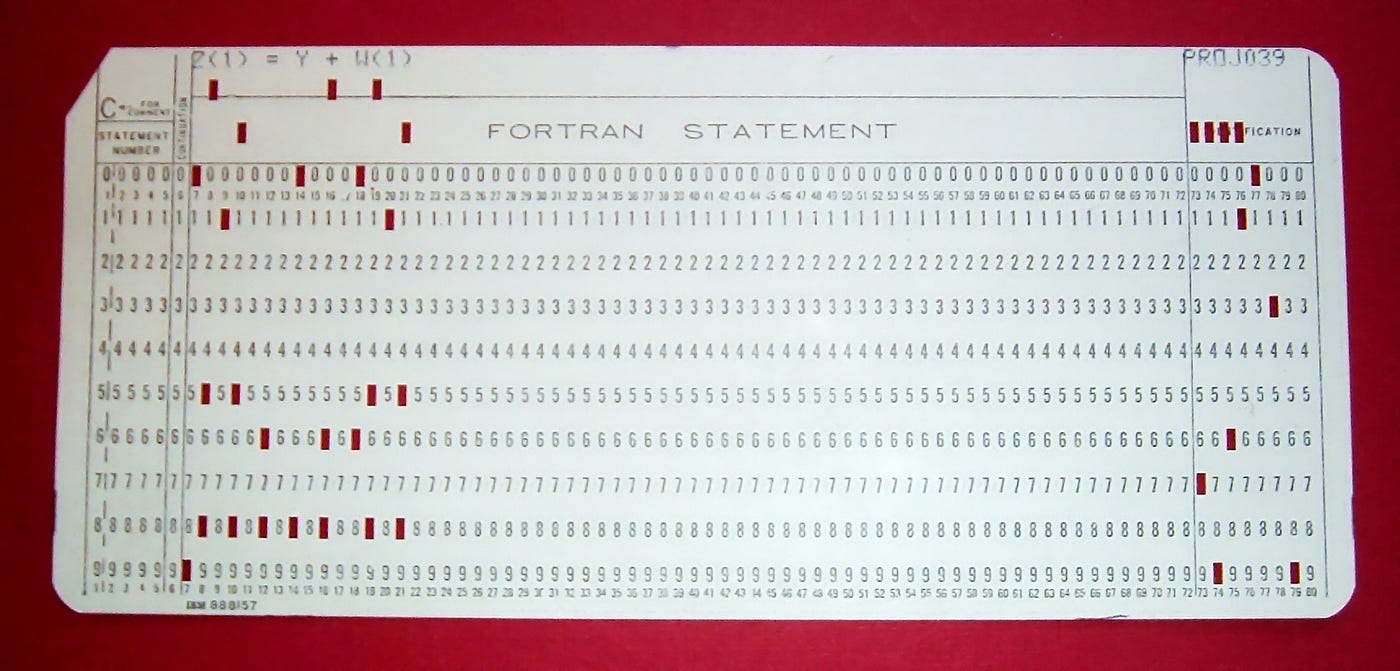



From Fortran Ii To Modern Fortran By Oxford Academic Science Uncovered Medium




Fortran Wikipedia



Http Web Gps Caltech Edu Resources Computing Seismolab Current Fortran Fortranclass Pdf




1 Procedure Calls Memory Allocation Calling Conventions Parameters Environments And Cute Tricks Ppt Download



Http Web Gps Caltech Edu Resources Computing Seismolab Current Fortran Fortranclass Pdf




Fortran 90 Nasa Course Covers The Transition From The Programming Language Fortran 77 To The More Modern Fortran 90 Fortran 90 Is A Superset Of Fortran 77
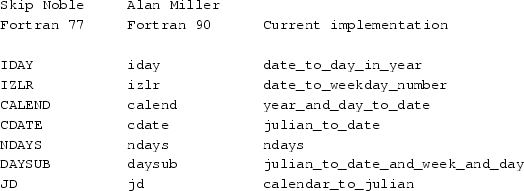



Data Structuring In Fortran Springerlink




Pdf Dynamic Memory De Allocation In Fortran 95 03 Derived Type Calculus
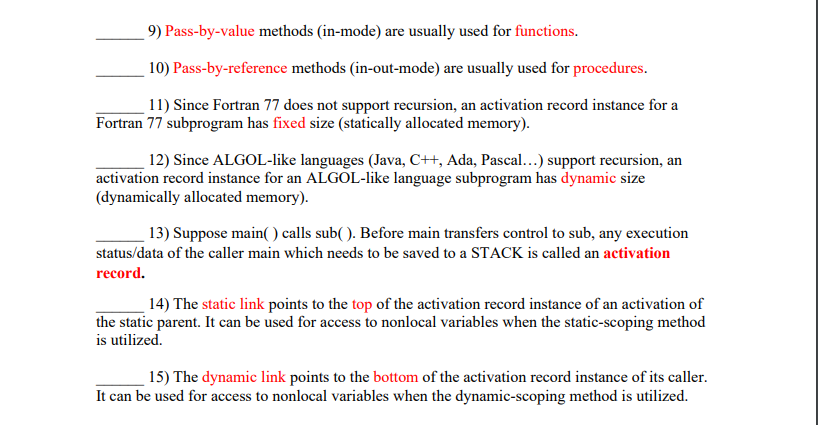



Q Amp A Session On Chapters 9 And 10 Program Lang Chegg Com
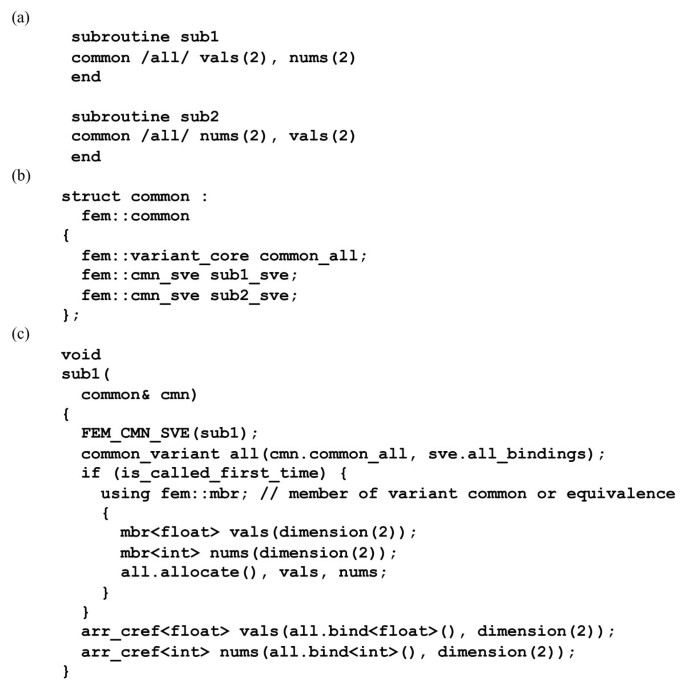



Automatic Fortran To C Conversion With Fable Source Code For Biology And Medicine Full Text



Q Tbn And9gct4jpeo4gv4eylu2jrg Lcnblnlf0vlzzngwmftufbnwrs9uxbd Usqp Cau



コメント
コメントを投稿